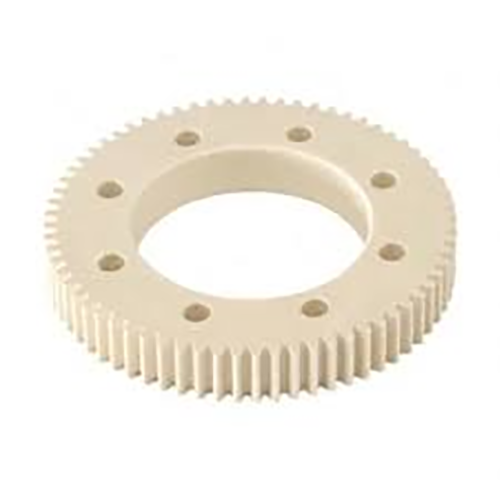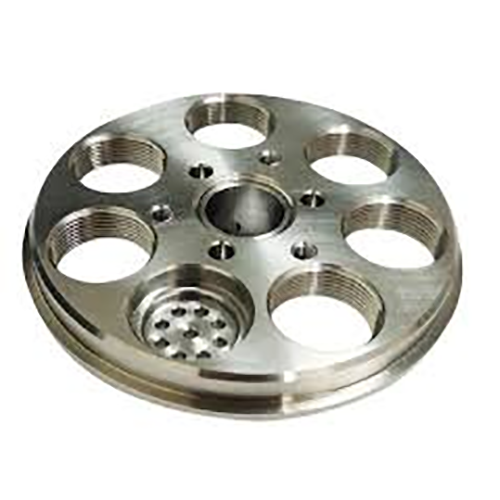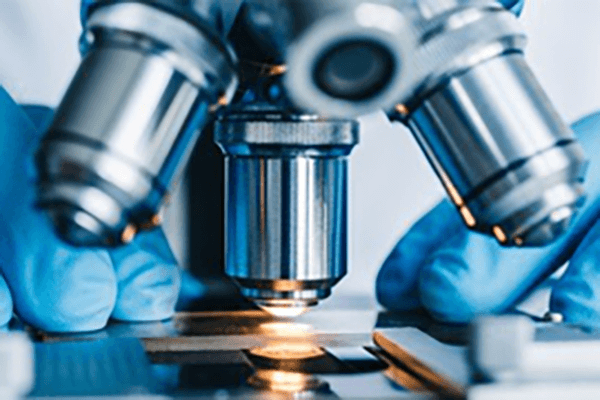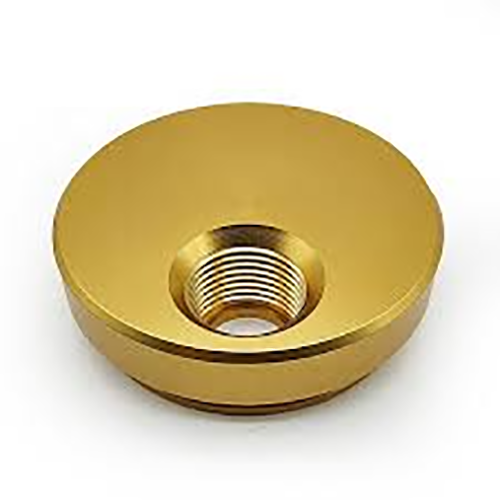
Achieving specified outer texture for a fabricated unit remains essential.
- Specification callouts prescribe the detailed finish for parts
- Surface notes typically employ Ra—arithmetic mean deviation—when specifying roughness
- Comprehending finish specifications is crucial to meet operational standards
- Designated finish alters fluid film formation, friction levels, and durability outcomes
- Understanding the notation correctly yields the desired surface result
CNC Machining: A Definition of Precision

CNC machining represents a game-changing method in production using computerized programs to drive machines that cut complex shapes with high precision.
- Computer-driven machining creates reliable parts from assorted materials
- CNC’s flexible capabilities match requirements of aerospace and automotive fields
- Computerized machining yields consistent replication of parts in series production
Across prototyping through full-scale production CNC machining serves as a cornerstone in contemporary manufacturing
Deciphering CNC Machine Specifications
Interpreting CNC data often seems complex on first review
In contrast, measured learning and order help you traverse technical specifications
Start with locating core parameters: spindle rpm, feed, accuracy, work envelope, controller
Each metric impacts the machine’s aggregate capability.
For example a higher spindle speed is suitable for softer materials while a faster feed rate is essential for increased production.
Appreciating such links enables selection of equipment fit for your objectives
Remember to consult the manufacturer's literature thoroughly.
Producer documentation frequently delivers important notes and clarifies terminology
CNC Machinery: An Exhaustive Guide
Automated CNC platforms are computer-commanded systems for precision manufacturing of multiple materials They accept digital G-code to steer tools and control machining actions.
- Representative CNC types cover milling tools, turning machines, routers, plasma cutters
- CNC machining processes are highly versatile and can be used to work with a wide range of materials including metals plastics wood and composites
- Besides that CNC systems permit speedy prototyping and short production runs for businesses and research groups
Understanding CNC Machinery
They manifest coupling of mechanical fidelity and complex software governance Adaptive tools rely on coded programs to manufacture from simple elements to detailed structures The core idea is converting digital blueprints into tangible parts.
- Automated machine operation
- Code-driven production workflow
It requires coordinated toolpath steps instructed by G-code Manufacturing staff set tooling parameters, oversee machining, and confirm quality outcomes.
Significance of Surface Finish in CNC
Meeting set surface quality in CNC work is significant It changes how a part performs and how it looks Base material, cutting conditions, and post-machining refinements govern texture.
High-quality surfaces strengthen durability while rough textures may reduce efficacy CNC machining processes offer a wide range of tools and techniques to achieve the specific surface finish for different applications.
- Consider using alternative cutting shapes |coated inserts|cutting speeds to achieve a desired surface finish
- Supplementary finishing like polishing or abrasive grinding enhances surface
Recognizing how feeds, speeds, and tool geometry interact yields optimal finishes.
CNC Overview: From Use to Application
A precise fabrication technique, it applies computer-controlled machines to produce parts from assorted materials They run numerical instructions to manufacture complex shapes consistently Basic knowledge of machine operation, G-code, and tooling selection plays a vital role in success
Industries that use CNC range from aviation and automotive to medical and electronics From intricate propeller parts to exacting mold inserts, CNC produces accurate geometries
Surface Finish Callouts for CNC Machined Parts
Proper specification of surface finish is crucial when machining parts on a CNC machine It assures alignment with required performance and visual expectations Designers typically indicate finish using the Ra (roughness average) metric The value, shown in µm or inches, quantifies mean surface irregularity height.
Balance smoothness needs with intended application when designating finish

In practice smoother finishes help where exact fits and close tolerances are essential
Textured surfaces may be selected to improve grip or frictional engagement
Utilize a clear and concise callout in your engineering drawings to communicate the desired surface finish Provide the roughness average and detail supplemental processes or treatments needed.
Remember that effective surface finish callouts are key to achieving a successful manufacturing outcome
Kinds of CNC Machines and Their Strengths
CNC manufacturing hosts an extensive set of machines for assorted machining tasks These versatile tools utilize computer-aided design (CAD) software to control cutting tools enabling precise and efficient fabrication of components.
- Mills shape slots pockets and complex contours through rotary cutting
- Grinders use abrasive wheels to finish and size parts to fine tolerances
- Plasma cutters employ ionized gas arcs to sever metal quickly and accurately
Decision factors include the part’s material, feature complexity, and tolerance specifications Each type of CNC machine offers unique capabilities making them essential tools in diverse industries from automotive to aerospace.
Achieving Premium Surface Results in CNC Processes
Securing excellent surface finish plays a key role in production and CNC methods enable that outcome By adjusting feed, rpm, and cutter geometry skilled staff shape chip flow and surface formation for better finishes Coupled with high-quality tools and correct fluid use, finish quality is elevated Deliberate machining strategies and exact setups enable production of components with excellent texture.
Achieving Surface Finish in CNC Programming
Programming mastery of surface parameters is essential for desired outcomes Cutting parameter selection—feed, speed, tool geometry—controls surface finish Meticulous parameter tuning together with suitable coolant use promotes smoother finishes.
- Additionally routine tool checks and upkeep what is cnc maintain consistent finish quality Continuous tool maintenance and oversight preserve high finish consistency In addition periodic tool servicing and checks secure consistent surface quality
- For better finishes evaluate substrate, roughness goal, and functional context
- CAM previews let programmers modify strategies to avoid finish defects
- Besides that systematic tool upkeep and monitoring ensure sustained surface quality
